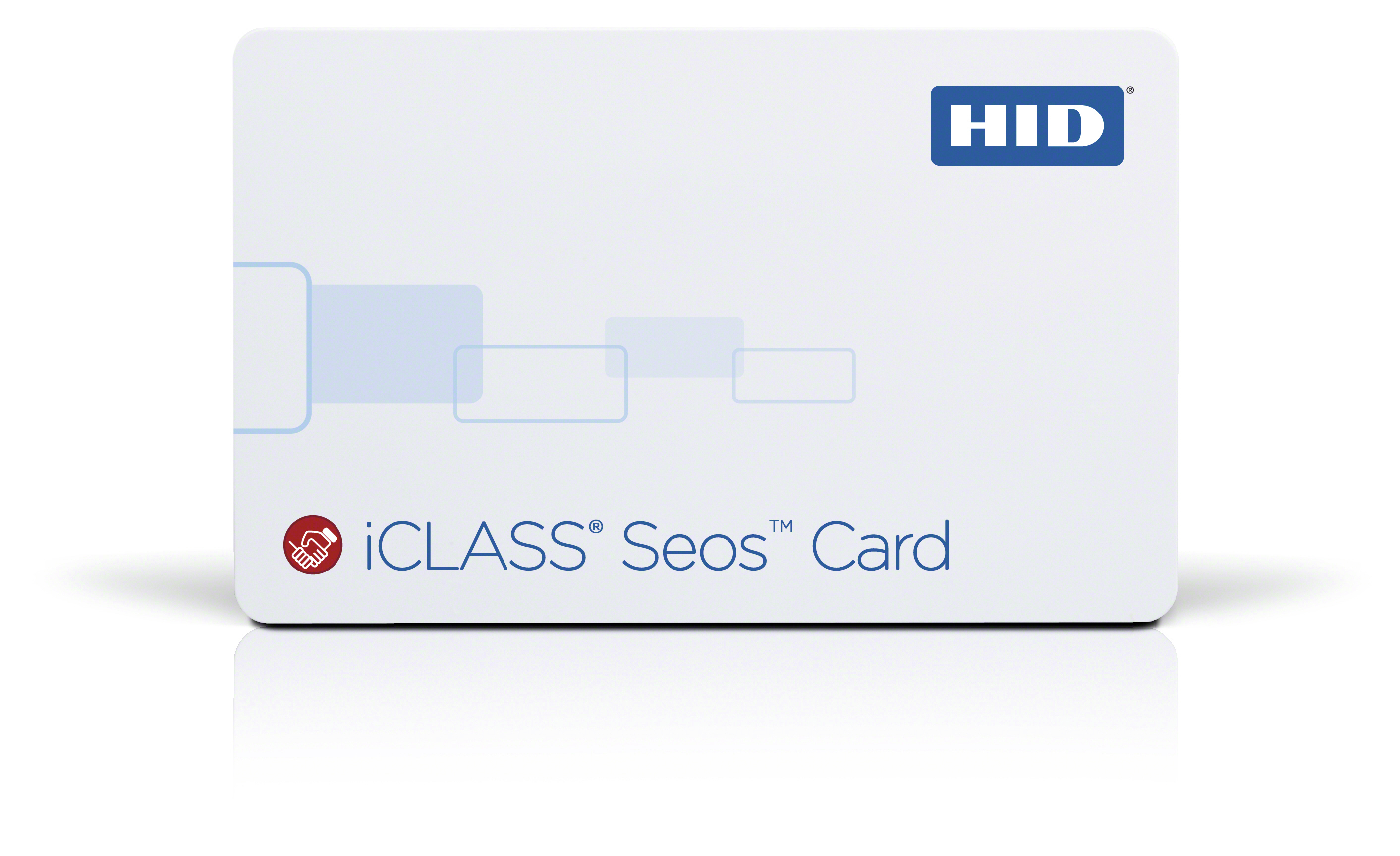HOW HID CARDS WORK
Card access is a security feature that allows users to enter and exit any building simply by swiping or pressing their card against a scanner. If card access is used in a building’s lobby, the scanner interprets the card and allows the individual to enter through an automated door or turnstile.
Data is stored on a proximity card. The structure of the binary data saved on the card is referred to as a “format.” The format and, ultimately, the credential number are determined by the number of ones and zeros and how they are combined. The numbers on a card are conveyed to the access controller when it is waved in front of a reader. The controller, on the other hand, needs to know how the received data is arranged, or the format.
If we encounter a string of numbers, such as 19395981699, we may have no idea what they imply. However, if we know it’s a phone number, we know that 1 is the country code for the United States, 939 is the area code, and the remaining digits are the phone number. It is clear that understanding the format is necessary.
WHAT ARE ACCESS CARDS FORMATS?
An RFID (radio frequency identification) chip and an internal antenna are found on most HID cards. The card has a chip called an access control identifier on it. When in range, this chip transmits a signal to a card reader using radio waves via its antenna.
The reader then translates this data into a readable format before deciding whether to allow or deny the cardholder entrance. HID cards use one of two radio bands: 125kHz (also known as low-frequency) or 13.56MHz (also known as high-frequency).
Because complex encoding may be used to improve security and privacy, 13.56MHz cards are a more secure solution. However, by 2020, these outdated hardware-based solutions will be phased out in favor of HID’s new software-based credential, which offers unrivaled levels of security and features that go far beyond physical access control.
HOW DO I KNOW WHICH HID CARD I HAVE?
The majority of HID Global’s physical credentials have crucial markings on them that identify distinctive construction and customization properties.
There are three different kinds of marking:
Static Artwork;- is a type of artwork that does not change over time. Allows the user to determine the core credential technology (or technologies) they are using, such as a Seos, iCLASS, or HID Prox card. Key fobs, tags, and clamshell cards are not covered by the static artwork identification.
Dynamic Marking;- is a type of marking that allows the user to find out more about technology and personalization, such as Seos or iCLASS memory size, programming, and the HID Global sales order number. All part numbers for the ID-1, clamshell, tag, and key fob are dynamically marked. The dynamic marking content will vary depending on the part number selected and the form factor.
Slot punch;-Is an ID-1 card that supports slot punching is identified by slot punch marks (dots) in either vertical or horizontal planes. Not all cards can be slot punched, and those that don’t have slot punch marks can’t be. See Section 4: Slot Punch for further information on slot punching.
- Static artwork identifier (©HID iCLASS)
- Dynamic marking (4* 00123 112233445566-1)
- Slot punch identifier (vertical example)
- Contact chip UID and model (contact chip cards only)
TYPES OF HID CARD FORMATS
Many people unfamiliar with access control are unaware that HID is a brand name for cards that use various types of proximity, RFID, or NFC technology. We may build a guide on different card kinds in the future and link to it from here, but for now, we’re only concerned with HID-branded cards.
Before we get started, here’s a heads-up: Low-range vs. high-range cards are distinguished by the “khz” measurement, as well as the technology utilized – as in RFID vs. NFC cards.
Here is an overview and comparison of all main HID card/badge types:
>iCLASS® Seos
>iCLASS SE®
>iCLASS®
>Crescendo®
>HID Proximity
-Seos iCLASS®
HID’s iCLASS® Seos access cards are divided into four subgroups, each of which is compatible with a different reader and categorized accordingly. All of the groups are SIO enabled, have a high level of security, and can be used on both microprocessors and cellphones
- HID® iCLASS® Seos® 500x HID® iCLASS® Seos® 500x HID® iCLASS® Se
This is a high-frequency card that enables physical and logical access control by combining two identities into a single credential. The same card can be used to open doors and access IT resources. As part of a firewall design, it supports various apps as well as a One-Time-Password (OTP) capability.
-This card is ideal for companies that want multi-application smart cards that are compatible across apps and settings. They’re simple to program and come with a lifetime warranty, so they’re ideal for companies that need to control access to both logical and physical data on a regular basis.
- HID® iCLASS® Seos® + Prox Card 510x HID® iCLASS® Seos® + Prox Card
This class of cards enables the use of Seos technology with both old low-frequency (125 kHz) and new high-frequency access cards. The card enables physical and logical access control solutions by providing dual identification in a single credential. The same card can be used to open doors and access IT resources. As part of a firewall design, it supports various apps as well as a One-Time-Password (OTP) capability.
The Prox Card 510x is best suited for enterprises with existing traditional access control systems that require a more advanced solution but don’t want to start over.
- HID® 520X iCLASS® Seos®/iCLASS®/Prox HID® 520X iCLASS® Seos®/iCLASS®/Prox
These cards are multi-purpose, according to the card label, and work with readers from the following types: CLASS, iCLASS SE®, and Prox readers. They allow for smooth integration and secure private access with the use of an OTP. They’re a three-in-one package.
The card is best suited for businesses that require a comprehensive solution that is compatible with a variety of traditional access control systems. Organizations with limited finances that need to update their security can utilize these cards while they work on the rest of the procedure.
- HID® iCLASS® Seos®/iCLASS® 522X Card HID® iCLASS® Seos®/iCLASS® 522X Card
This is a dual-technology smart card that can be used with all iCLASS and iCLASS SE® readers, as well as manage numerous apps and secure access via mobile device. It can also be utilized for IT resources because it allows OTP access to a secure private network.
These dual-technology smart cards are best suited for enterprises that require a single solution for two technologies and want to modernize traditional physical access control systems in stages to fit their budget.
-Card iCLASS SE®
Both high frequency and ultra-high frequency SIO-enabled credentials are supported by the card. It is divided into eight subtypes, each with its own set of criteria, such as:
*Upgrade from 125KHz Proximity to iCLASS SE is possible (13.56 MHz)
*Interoperability that is adaptable.
*Parking and gate management over a long distance.
*Dual-technology credentials (SIO-enabled MIFARE Classic (13.56 MHz) Plus 125 KHz proximity).
MIFARE® Classic applications are supported for long-range parking and gate management.
Multiple applications are compatible with this open standard.
Dual Technology (125 KHz Proximity + SIO-Enabled MIFARE DESFire EV1 (13.56 MHz) credentials).
This is the most comprehensive variety of HID smart cards, making it ideal for companies with a wide range of physical structures, environments, and climates, as well as for use in both closed and open places.
Card iCLASS®
This card is a contactless smart card with a high frequency and high security. It is divided into nine subtypes, each with the following characteristics:
*For migration to iCLASS SE, a multi-technology card containing iCLASS, HITAG1, and HITAG2 is required.
*Access card with direct image and thermal transfer.
*High-quality durability Contactless smart card with a frequency of 13.56 MHz.
*Upgrading from an iCLASS reader to a more complex access control system is possible.
*Smart Card with 3.56 MHz iCLASS and 125 kHz HID Proximity.
*PVC or composite card body with magnetic stripe and contact smart chip.
*125 kHz HID Proximity and an optional touch smart chip module are available.
A PVC or composite card body houses proximity, magnetic stripe, and contact smart chip card.
The card is best suited for enterprises that want flexible technologies across numerous locations and are in the process of upgrading their old access control system to a more modern solution, but cannot utilize a single technology or type of card for all departments or locations.
Card Crescendo®
Crescendo cards are highly secure, multi-technology cards enabling integrated access to doors and IT resources, available in six subtypes, several of which are designed to meet the specifications of the US National Institute of Standards and Technology and the Public Key Infrastructure (Public Key Infrastructure).
Each of the six subtypes has the following characteristics:
1-HID® Crescendo® C1100 Series is an Identity Assurance Solution open card. It can be utilized on isolated systems and administered from a central location. It assists businesses with PKI-based authentication, digital signatures, and data encryption as a hybrid card.
2-The HID® Crescendo® C1150 Series is a contact-only, large-memory, low-power, high-performance hybrid card for logical and physical access control that is compatible with Microsoft mini-driver-based applications as well as HID’s ActivIdentity solutions. It offers password protection based on industry standards, digital signatures, cryptography based on symmetric and asymmetric keys, personal information, and network access.
3-The HID® Crescendo® C1300 Series is a dual interface card compatible with the HID Seos vault and HID iCLASS SE ecosystem for advanced security setups.
4-The HID® Crescendo® 144K FIPS Series is a hybrid card with FIPS 140-2 certification from the National Institute of Standards and Technology in the United States. It works with physical access systems such as Seos, iCLASS, MIFARE Classic, and MIFARE DESFire.
5-HID® Crescendo® PIV is a Dual Interface card approved by the U.S. General Services Administration as a FIPS 201 compliant PIV credential.
6-HID® Crescendo® Temporary Access Card is a PIV-like temporary access card for PIV-compliant businesses visitors and contractors.
BOOK A CONSULTATION WITH SECURETECH


